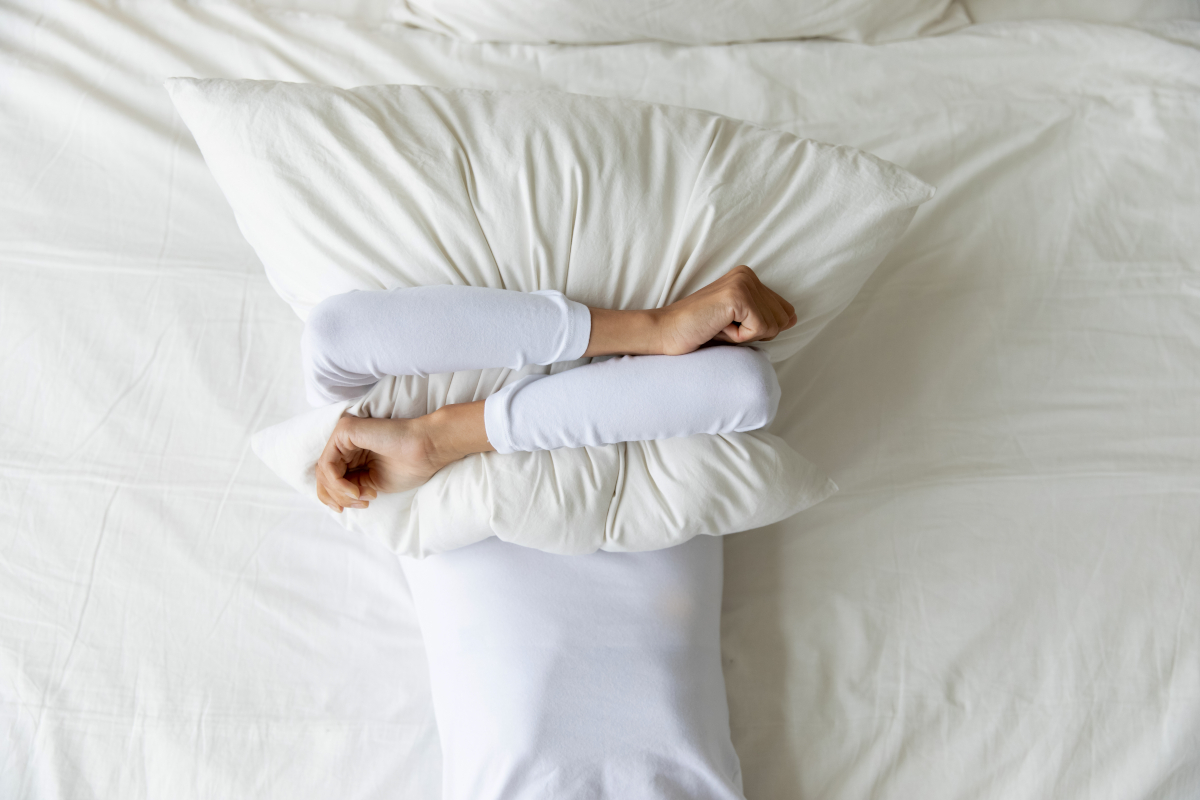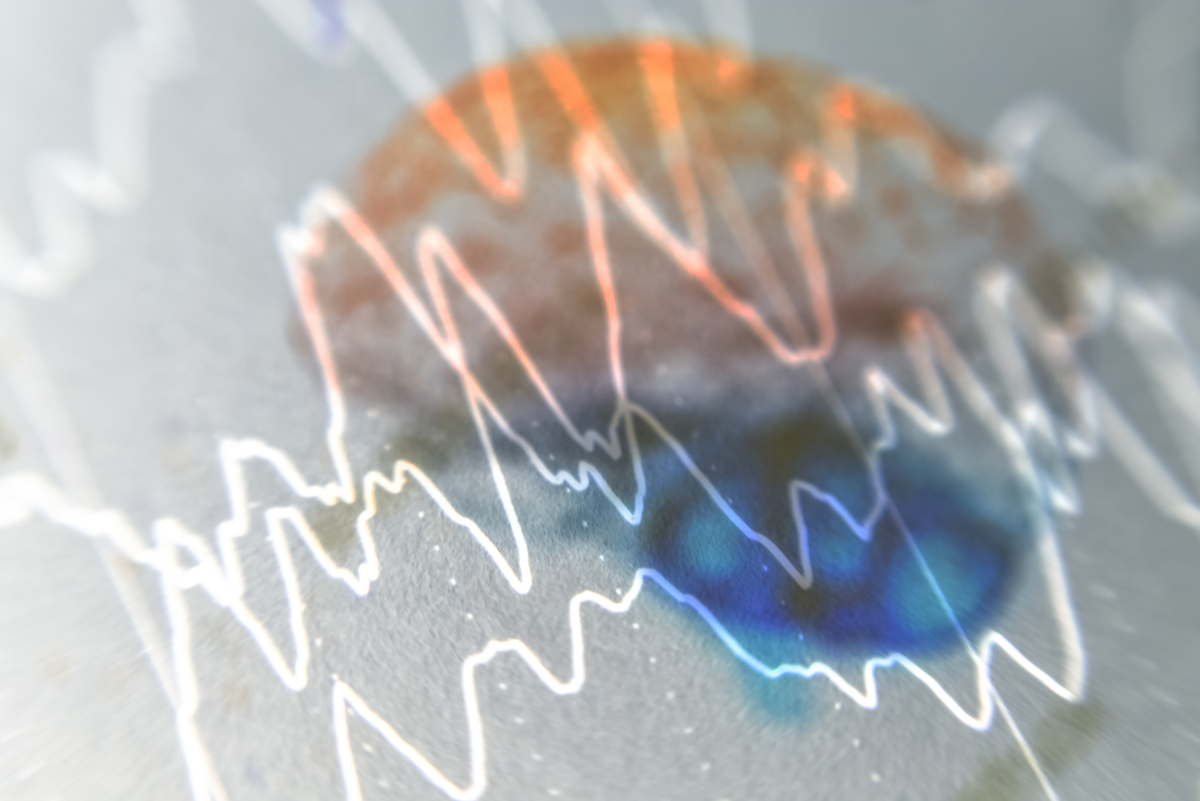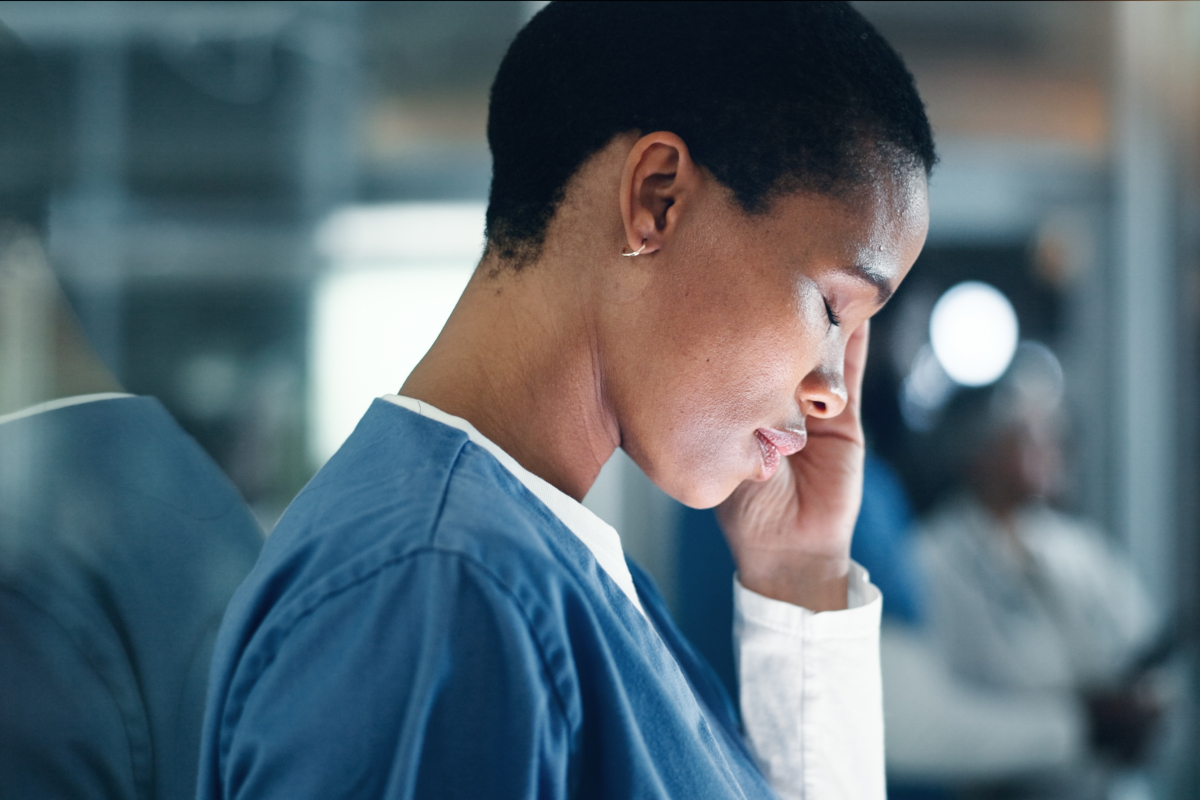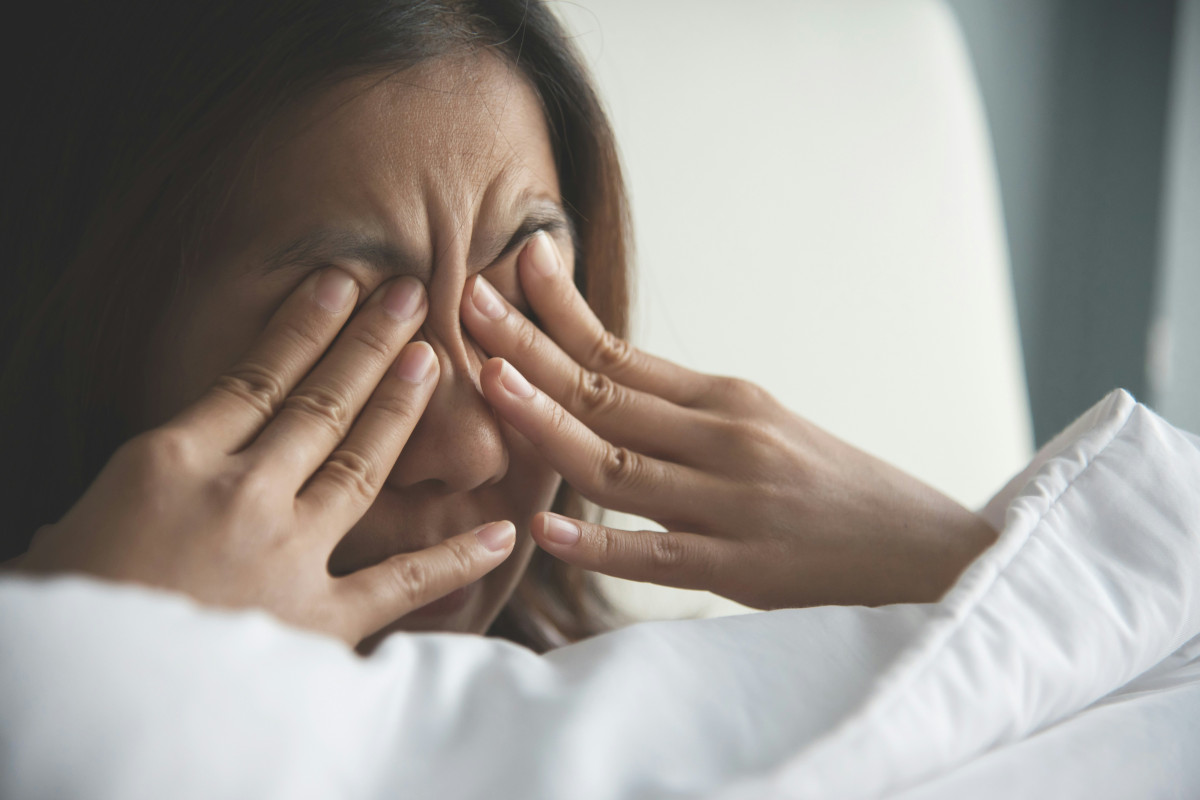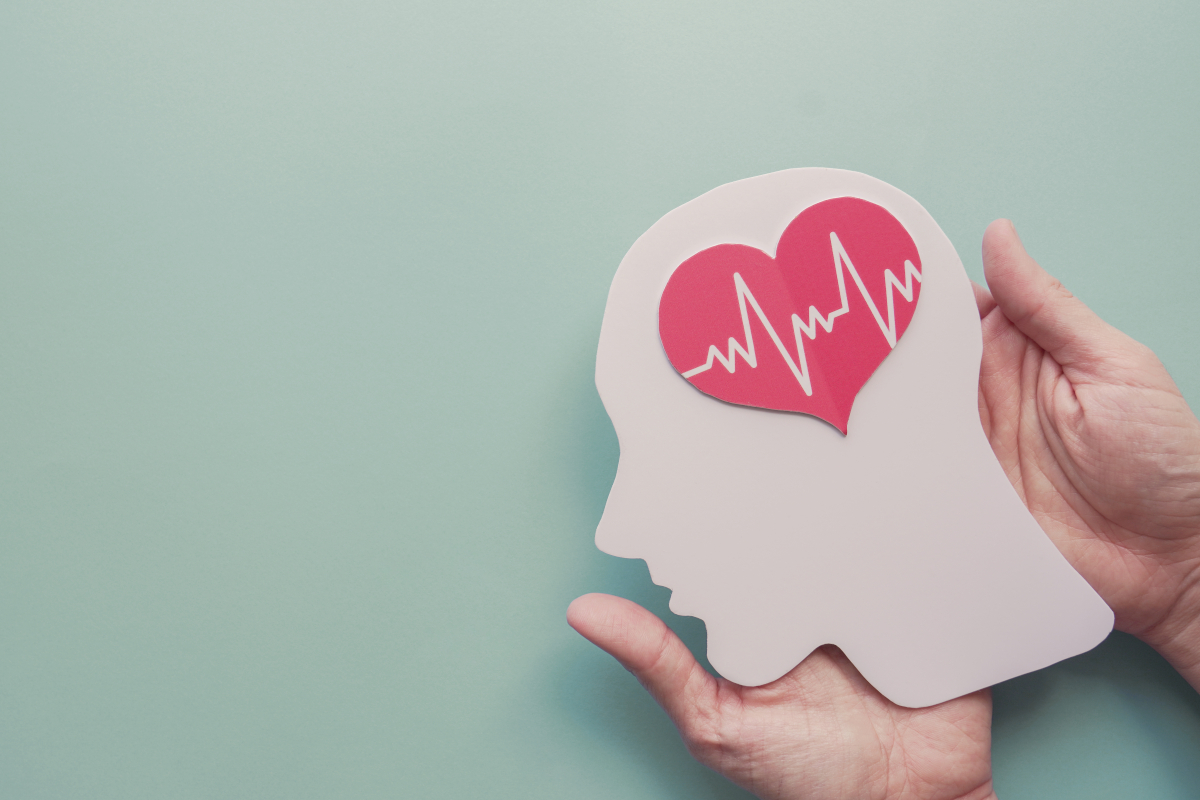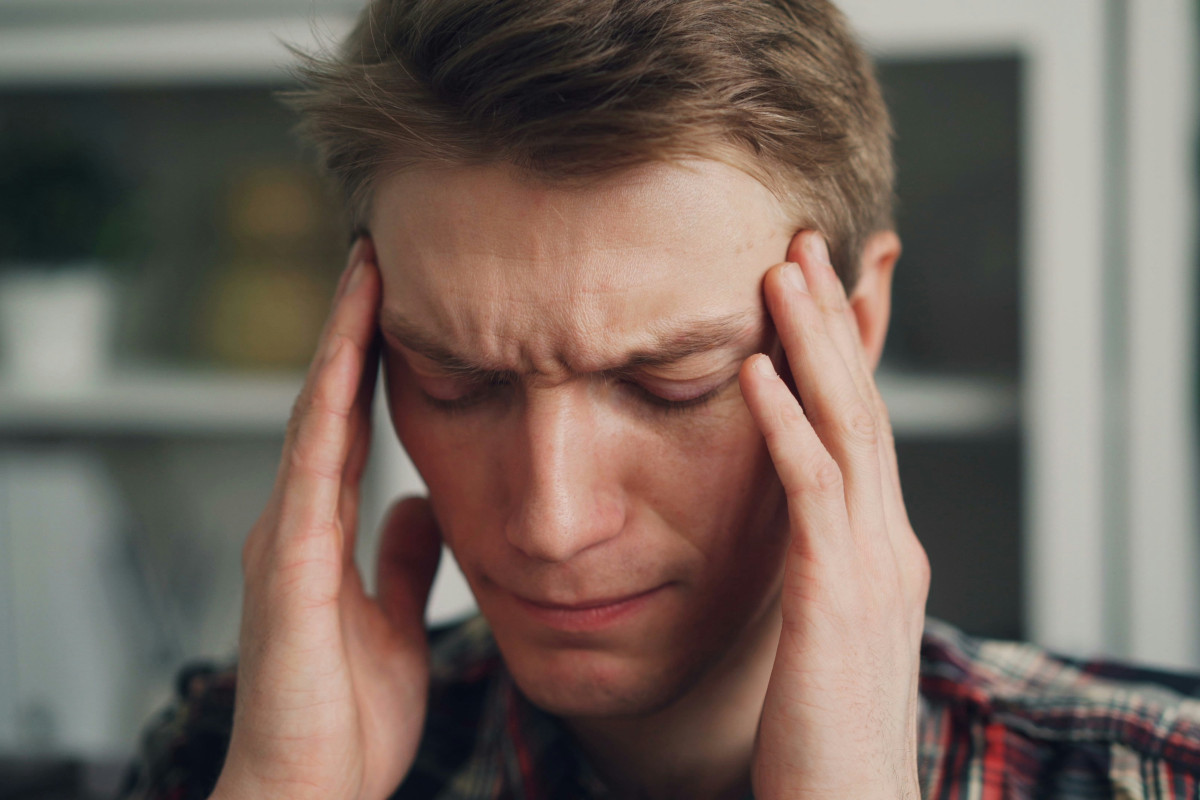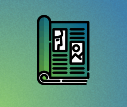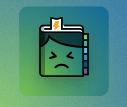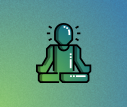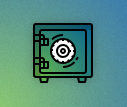Workday headache
Headache at work is very common. That’s because a heavy workload and a fast-paced, tense and chaotic environment are almost a normal part of the job for many of us. Working through your breaks just makes things worse. The strain keeps building up to a point where you may have a headache all the time.
-
References
- Albers, L. et al.: Potenziell vermeidbare Risikofaktoren für primäre Kopfschmerzen. Ein systematischer Review, Bundesgesundheitsbl. 57, 952–960, 2014
- Gérardy PY, Fumal A, Schoenen J. [Epidemiology and economic repercussion of headache: an inquiery among the administrative and technical personnel of the Liège University]. Rev Med Liege. 2008 May-Jun;63(5-6):310-4.
- González-Quintanilla V, Toriello-Suárez M, Gutiérrez-González S, Rojo-López A, González-Suárez A, Viadero-Cervera R, Palacio-Portilla EJ, Oterino-Durán A. Stress at work in migraine patients: differences in attack frequency. Neurologia. 2015 Mar;30(2):83-9. doi: 10.1016/j.nrl.2013.10.008. Epub 2013 Dec 12.Panerai, A. et al.: Pain stress and headache, Neurol Sci 33 (Suppl 1), S1–S3, 2012
- Kernick DP, Goadsby PJ; Royal College of General Practitioners; British Association for the Study of Headache. Guidance for the management of headache in sport on behalf of The Royal College of General Practitioners and The British Association for the Study of Headache. Cephalalgia. 2011 Jan;31(1):106-11. doi: 10.1177/0333102410378046. Epub 2010 Jul 29.
- Varkey E, Cider A, Carlsson J, Linde M. Exercise as migraine prophylaxis: a randomized study using relaxation and topiramate as controls. Cephalalgia. 2011 Oct;31(14):1428-38. doi: 10.1177/0333102411419681. Epub 2011 Sep 2.
- Wöber C, Holzhammer J, Zeitlhofer J, Wessely P, Wöber-Bingöl C. Trigger factors of migraine and tension-type headache: experience and knowledge of the patients. J Headache Pain. 2006 Sep;7(4):188-95. Epub 2006 Aug 11.
- Wöber C, Wöber-Bingöl C. Triggers of migraine and tension-type headache. Handb Clin Neurol. 2010; 97:161-72. doi: 10.1016/S0072-9752(10)97012-7.
- Internet:
- Website der Schmerzklinik Kiel, http://www.schmerzklinik.de/
- abgerufen am 11.4.2019


